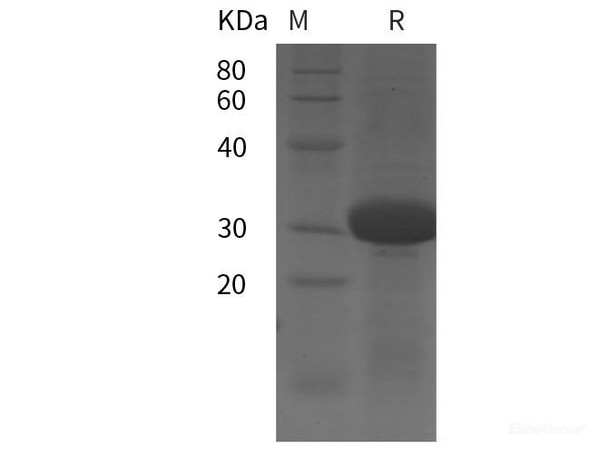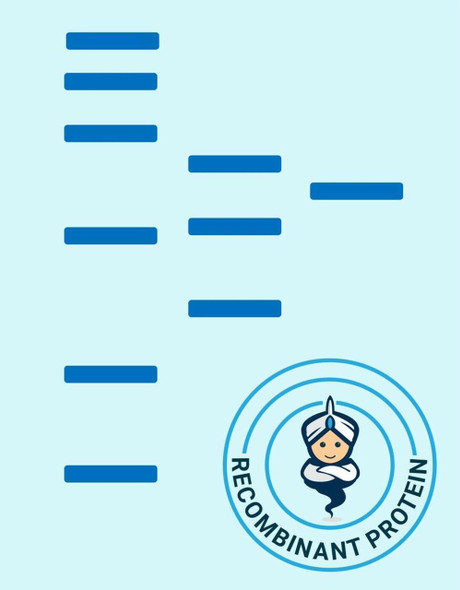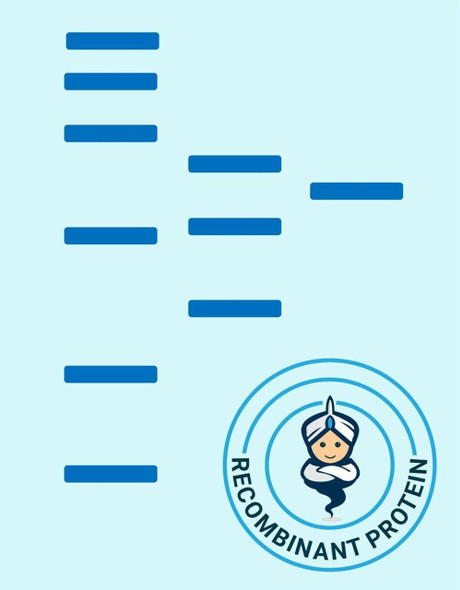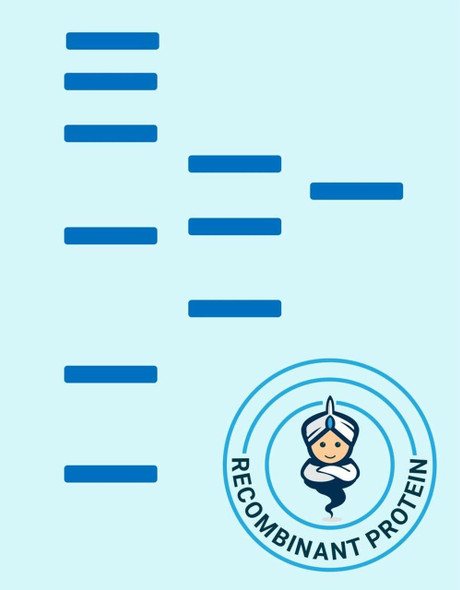| Background: | Activin and inhibin are two closely related protein complexes that have almost directly opposite biological effects. The activin and inhibin protein complexes are both dimeric in structure, and, in each complex, the two monomers are linked to one another by a single disulfide bond. Activin is composed of two ß subunits, ßA ßA (activin A), ßB ßB (activin B), or ßA ßB (activin AB). Inhibin is composed of an alpha and one of two ß subunits, ßA (inhibin A) or ßB (inhibin B). Activins are produced in many cell types and organs, such as gonads, pituitary gland, and placenta. In the ovarian follicle, activin increases FSH binding and FSH-induced aromatization. It participates in androgen synthesis enhancing LH action in the ovary and testis. In the male, activin enhances spermatogenesis. Also, Activin plays a role in wound repair and skin morphogenesis. Activin is strongly expressed in wounded skin, and overexpression of activin in the epidermis of transgenic mice improves wound healing and enhances scar formation. Activin also regulates the morphogenesis of branching organs such as the prostate, lung, and kidney. There is also evidence showed that lack of activin during development results in neural developmental defects. |






